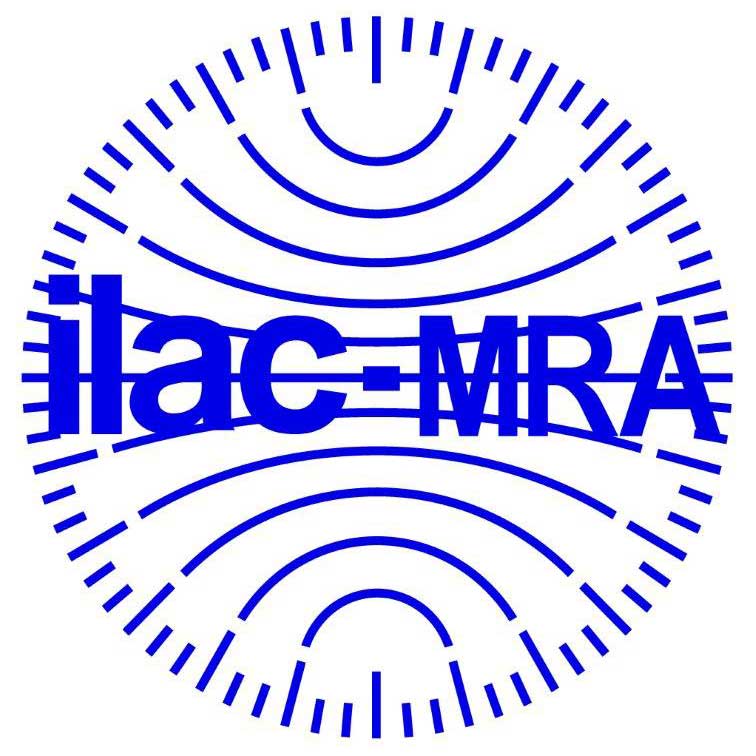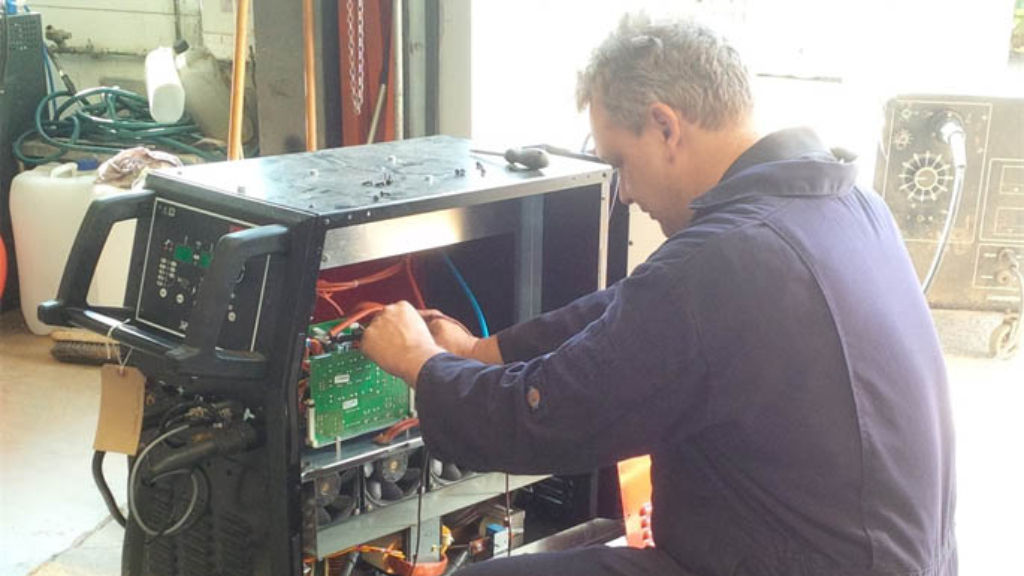The cornerstone of accuracy and security in metal fabrication is welding machine calibration. Understanding the complexity of calibrating is essential, regardless of experience level or aspiring welder. Every step of calibration process is important for your welding operations success.
When it comes to welding, accuracy plays an important role. A small calibration error might result in poor quality, safety hazards, and additional expenses. You will learn all details regarding welding machine calibration from this guide.
Why Welding Machine Calibration is Crucial
There are many reasons that makes welding equipment calibration important:
- Precision and quality: A calibrated welding machine ensures accurate control over factors including wire feed speed, voltage, and current. This accuracy directly translates into consistent, high-quality welds to lowers the errors and rework.
- Safety: Electrical currents and high temperatures are involved in welding. Proper calibration reduces the chance of mishaps and safeguards health and safety of staff. This will keep your welding equipment operating within acceptable parameters.
- Compliance: Strict quality standards and laws apply to many businesses. You may comply with these regulations and make sure your products pass inspections and industry standards by calibrating your welding machines.
- Cost-efficiency: Calibrated machinery uses resources more effectively, wasting less energy and materials. This will also help your welding machine last longer and save money on maintenance and replacements.
How Often Should Welding Machines Undergo Validation or Calibration?
Usually every 12 months for standard-grade equipment, and for precision-grade equipment, it’s usually every 6 months. These should be carried out more frequently following any repairs to the power supply, its metering system, or the wire feed unit and if it seems that the performance has gotten worse. The welding equipment’s operating conditions may also have an impact on the interval (e.g. machines used offshore and in shipyards usually are checked every 6 months).
Standard for Calibration of Welding Machine
In 2021, a lot has changed in the field of welding machine calibration standards. BS EN IEC 60974-14:2018 has replaced the guidelines under BS EN 50504:2008 that were previously in effect. Presently, the welding machine calibration on the market adheres to BS EN IEC 60974-14:2018. Welding equipment is subject to a Machine Compliance Test (MCT), which functions as a crucial electrical safety assessment, in addition to calibration and validation procedures.
How can Atlantic Solution help with Welding Machine Calibration?
Atlantic Solution understands how crucial it is to calibrate welding machines and make sure your equipment is running in compliance with the industry standards. We provide outstanding service with our calibration and validation experience, which strengthens our commitment.
We provide tailored recommendations and guidance based on our experience and industry expertise. This will ensure that you choose the correct items for your needs and budget. As experts in the field, we are prepared to assist you and your company in achieving complete welding equipment calibration and validation. Connect with our Atlantic Solution team to know more about the service!



